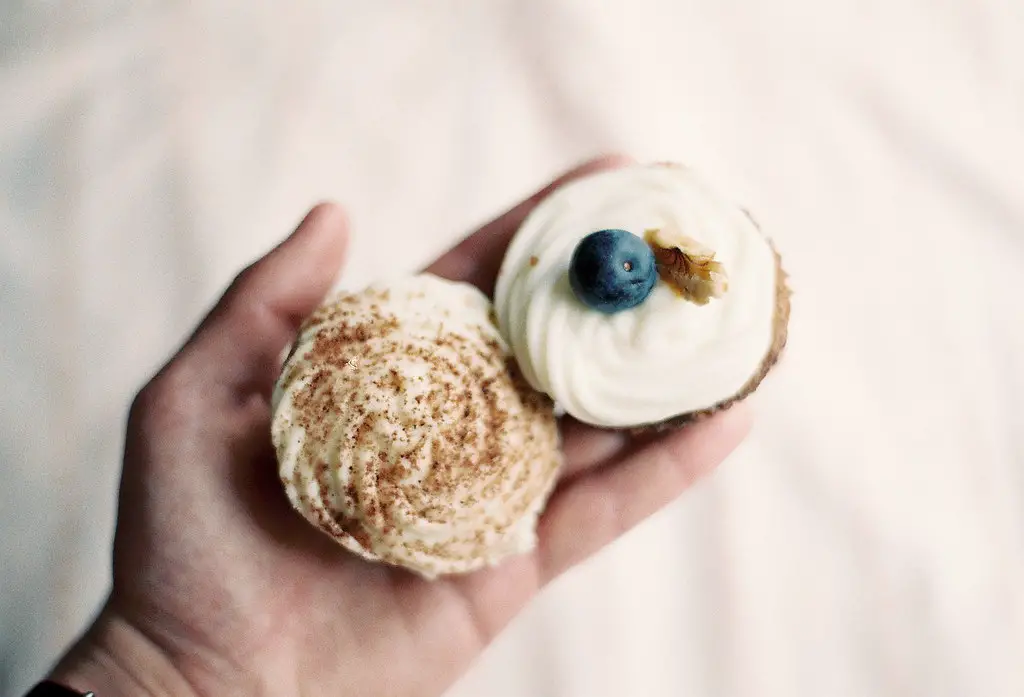English tea, often referred to as a “cuppa,” is more than just a beverage; it’s a cherished tradition that has been a part of British culture for centuries. The ritual of brewing and enjoying a cup of English tea is a soothing and delightful experience that transcends borders. Whether you’re a seasoned tea connoisseur or a novice, this guide will walk you through the process of making the perfect English tea. From selecting the right tea leaves to mastering the art of brewing, you’ll soon be sipping a cup of tea fit for royalty.
Choosing the Right Tea
Black Tea: The Foundation
The cornerstone of English tea is black tea, and it comes in various types and blends. Traditional choices include Assam, Darjeeling, and Ceylon teas, but English Breakfast tea is perhaps the most popular. Each variety has its unique flavor profile, so explore different options to find the one that suits your palate.
Loose Leaf vs. Tea Bags
While both loose leaf tea and tea bags have their merits, many tea aficionados argue that loose leaf tea provides a more flavorful and authentic experience. Loose leaves allow the tea to expand fully and release their flavors, resulting in a richer and more nuanced brew. However, tea bags offer convenience and are a practical choice for a quick cup of tea.
Quality Matters
Invest in high-quality tea leaves for the best English tea experience. Look for tea that has been harvested and processed with care. It’s worth paying a bit more for tea from reputable brands or specialty shops to ensure you get the best flavor and aroma.
Preparing the Tea
The Essentials
To make the perfect English tea, you’ll need the following essentials:
Freshly boiled water
A teapot or teacup
Tea leaves or tea bags
A tea infuser or strainer
Milk, sugar, or honey (optional)
A timer
Heating the Water
Begin by bringing fresh, cold water to a rolling boil. Pour the boiling water into your teapot or teacup to preheat it. Let the hot water sit for a minute or two, then discard it. This step helps maintain the optimal brewing temperature for your tea.
Measuring the Tea
The amount of tea you use depends on your personal preference and the size of your teapot or teacup. As a general rule of thumb, use one teaspoon of loose tea leaves or one tea bag for each cup of tea you plan to make. Adjust the amount to make your tea stronger or milder according to your taste.
Brewing Time and Temperature
The ideal brewing temperature for black tea is just below boiling, around 200°F (93°C). Pour the freshly boiled water over the tea leaves or tea bag in your teapot or teacup.
For loose leaf tea: Steep for 3-5 minutes, depending on your desired strength.
For tea bags: Steep for 2-4 minutes. Adjust the time to suit your taste.
Use a timer to ensure precision and consistency in your brewing process. Overbrewing can lead to a bitter taste, while underbrewing may result in a weak and flavorless cup of tea.
The Art of Stirring
After the steeping time is up, remove the tea leaves or tea bag from the water. Give it a gentle stir if you plan to add milk or sugar, but remember that stirring too vigorously can release tannins, which can make the tea bitter.
Adding Milk and Sugar
The addition of milk and sugar to English tea is a matter of personal preference. Some like their tea black, while others prefer it with a dash of milk and a hint of sweetness. Here’s how to do it right:
Milk: If you choose to add milk, use whole milk or a milk alternative like almond or soy milk. Add it slowly to your tea, as the quantity can vary depending on your taste. Traditionalists often say that milk should be added first to the cup before pouring in the tea, as this helps prevent scalding. Others prefer to add milk after pouring the tea, allowing them to control the exact amount.
Sugar: Adding sugar is entirely optional, but if you decide to sweeten your tea, do so after the milk (if using milk) and in moderation. Stir the sugar until it dissolves completely.
For a unique twist, you can also try honey, lemon, or a slice of lemon peel as natural sweeteners.
The Serving Ceremony
Tea Time
Now that your cup of English tea is brewed and customized to your liking, it’s time to enjoy it. Serve your tea on a saucer with a teaspoon and perhaps a small biscuit or scone for a classic English tea experience.
The Perfect Pairings
English tea is often served with a variety of accompaniments, including:
Scones: These crumbly, buttery treats are traditionally served with clotted cream and strawberry jam.
Finger Sandwiches: Delicate sandwiches with fillings like cucumber and cream cheese or egg and cress are a common addition to afternoon tea.
Cakes and Pastries: Treat yourself to an array of cakes and pastries, such as Victoria sponge cake, fruitcake, or petits fours.
Etiquette and Traditions
English tea is steeped in tradition, and observing proper etiquette can enhance the experience:
Hold the teacup by the handle with your pinky down and your index finger extended along the top of the handle.
When stirring, avoid clinking the teaspoon against the sides of the cup.
Sip your tea quietly and refrain from slurping.
If you’re hosting a tea party, remember to serve the guests first and offer milk and sugar as accompaniments.
The art of making English tea is more than just a simple beverage preparation; it’s a time-honored tradition filled with rituals and customs that elevate the simple act of drinking tea into an experience of comfort and elegance. Whether you enjoy your tea strong and black or prefer it with milk and sugar, mastering the art of making English tea is a delightful journey worth embarking upon. So, gather your teapot, select your favorite tea leaves, and savor the moments of tranquility that a well-brewed cup of English tea brings.
The Legacy of English Tea
The legacy of English tea is deeply intertwined with British culture and history. It has played a significant role in social gatherings, afternoon teas, and moments of solace for generations. As you become adept at crafting the perfect cup of English tea, you’ll not only partake in a time-honored tradition but also contribute to its ongoing legacy.
Beyond the Individual Cup
While mastering the art of making English tea for yourself is a rewarding endeavor, sharing the experience with friends and family can be equally gratifying. Hosting a tea party or inviting loved ones for a cozy afternoon tea can create lasting memories and strengthen bonds.
Here are some tips for hosting a memorable English tea party:
Select a Variety of Teas: Offer a selection of teas, both traditional and herbal, to cater to different preferences. This way, your guests can choose their favorite brew.
Prepare a Variety of Treats: Alongside the tea, serve an array of finger sandwiches, scones, cakes, and pastries. Variety ensures there’s something for everyone.
Set the Table: Use elegant teacups, saucers, and a well-arranged tea set. Adding fresh flowers or fine china can enhance the atmosphere.
Observe Etiquette: Teach your guests the proper way to hold a teacup and the importance of sipping quietly. Embrace the traditions and manners associated with English tea.
Enjoy Conversations: Engage in meaningful conversations with your guests, savoring the opportunity to connect over a cup of tea.
The Global Love for English Tea
While English tea is rooted in British culture, its popularity has spread far beyond the United Kingdom. Tea lovers worldwide appreciate the comforting and soothing qualities of a well-brewed cup of tea. In various countries, people have embraced the English tea tradition and added their unique twists to it.
In India, for instance, the British influence is evident in the consumption of strong, black tea known as “chai.” However, Indian chai features a blend of aromatic spices like cardamom, cinnamon, and ginger, creating a flavorful and fragrant infusion that differs from the traditional English cuppa.
In the United States, afternoon tea has become a trendy and elegant affair. Many tea rooms offer a range of teas, sandwiches, and pastries, allowing Americans to indulge in the charms of English tea culture.
The art of making English tea is a simple yet beautiful tradition that has captivated tea enthusiasts for centuries. Whether you’re enjoying a quiet moment of reflection, hosting a tea party, or sipping tea at a quaint tea room, the experience of English tea is a journey into the past and a connection to a timeless cultural legacy.
With the right tea leaves, precise brewing techniques, and a dash of personal preference, you can create a cup of English tea that embodies the essence of this cherished tradition. Share it with loved ones, embrace the etiquette, and appreciate the comfort it brings to your life. In a world that often moves too quickly, the art of making English tea offers a reminder to slow down, savor the moment, and enjoy the simple pleasures of life—one cup at a time.


















